More on the most famous kitties in film noir …
The Cat in “The Long Goodbye” 1973
Name: Chauncey Scratchet
Character Name: Hungry Cat
Bio: Chauncey Scratchet, a.k.a. the Hungry Cat in 1973’s “The Long Goodbye,” is pivotal to the story. He is ravenous and if you ignore a such a cat, well, There. Will. Be. Trouble. As in scratched faces and bloody limbs. Or utter abandonment.
Scratchet opens the movie, mewing for food from his sleeping master, private eye Philip Marlowe (Elliott Gould). Director Robert Altman lets his camera linger on the ginger-haired tabby prowling around Marlowe’s messy apartment.
It’s 3:00 a.m. and Marlowe has neglected to provide for his companion. So, the groggy gumshoe yawns, scratches his head and lights a cigarette, then heads to the supermarket to get the goods. Next door, Marlowe’s sexy, partygirl neighbors catch him before he leaves and ask him to bring back some brownie mix so next morning they can wake and bake. It’s 1973, after all.
At the store, Marlowe nabs the mix but fails to procure a can of Hungry Cat’s coveted Coury brand (they’re out of it). Marlowe tries to pass off some other, inferior, food, but his pet isn’t desperate enough to eat it. Instead, the cat takes off, in a departure both dramatic and understated, and we never see him again. For the rest of the flick, Marlowe pines away for his furry friend, whining about it to anyone he can.
Ironically, Chauncey Scratchet had such a good experience filming “The Long Goodbye” that he never made another movie. It was his first major role and director Altman let him have complete freedom in interpreting his character. Scratchet discovered that this approach was the exception, not the rule.
Rather than compromise on creative matters, Scratchet gave up film acting and turned to photography, quickly rising to the top of his profession and, through his Hollywood connections, shooting prominent actors, artists and musicians of the decade.
Though no longer involved in movies, he did make guest appearances on “Kojak” and “Columbo” as a special favor to pals Telly Savalas and Peter Falk. He was also friends with Keith Richards and was said to have inspired the song “Before They Make Me Run,” from the 1978 album “Some Girls.”
Currently enjoying his seventh life, Scratchet holds one-cat shows in New York, Paris, London and Rome.
Image from http://catsinsinks.com






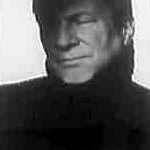
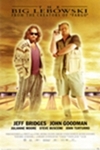
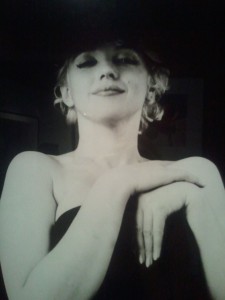


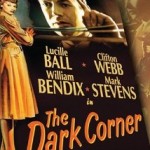
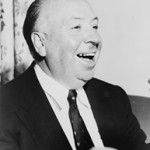
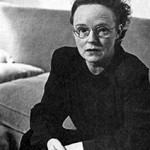
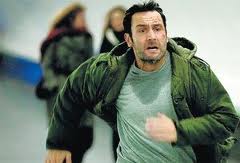
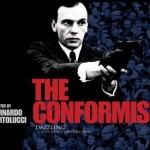
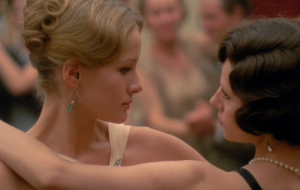





From FNB readers